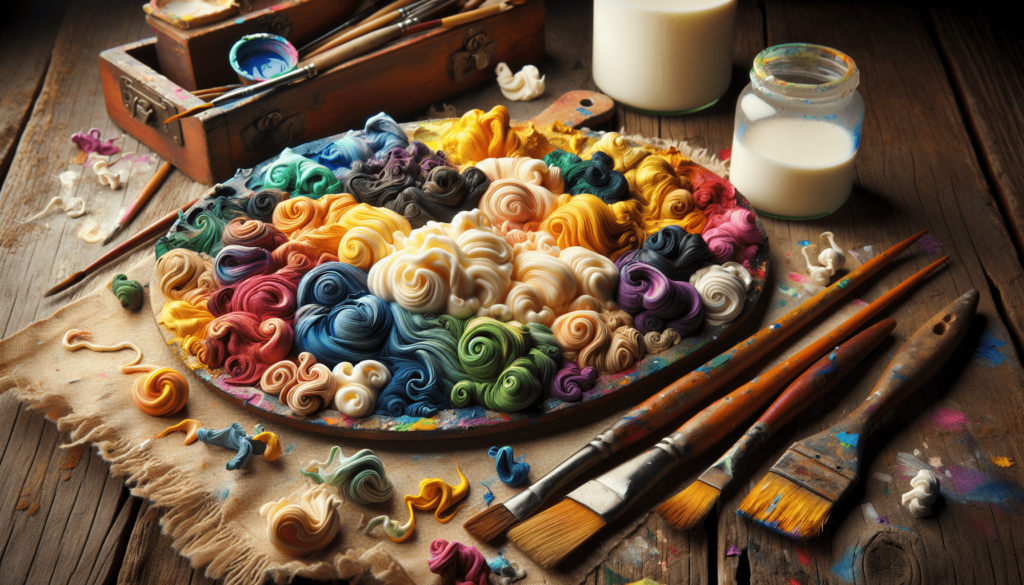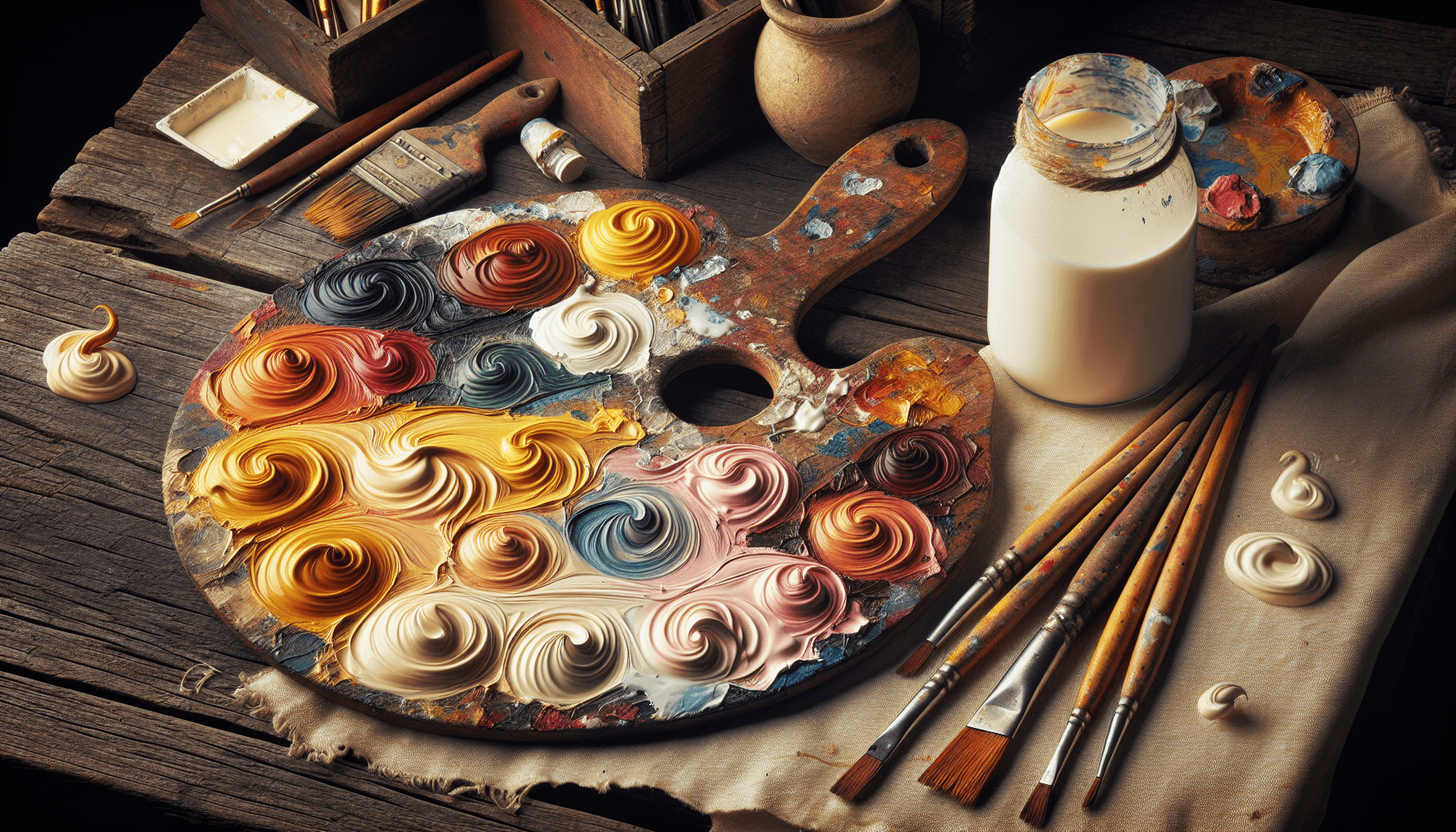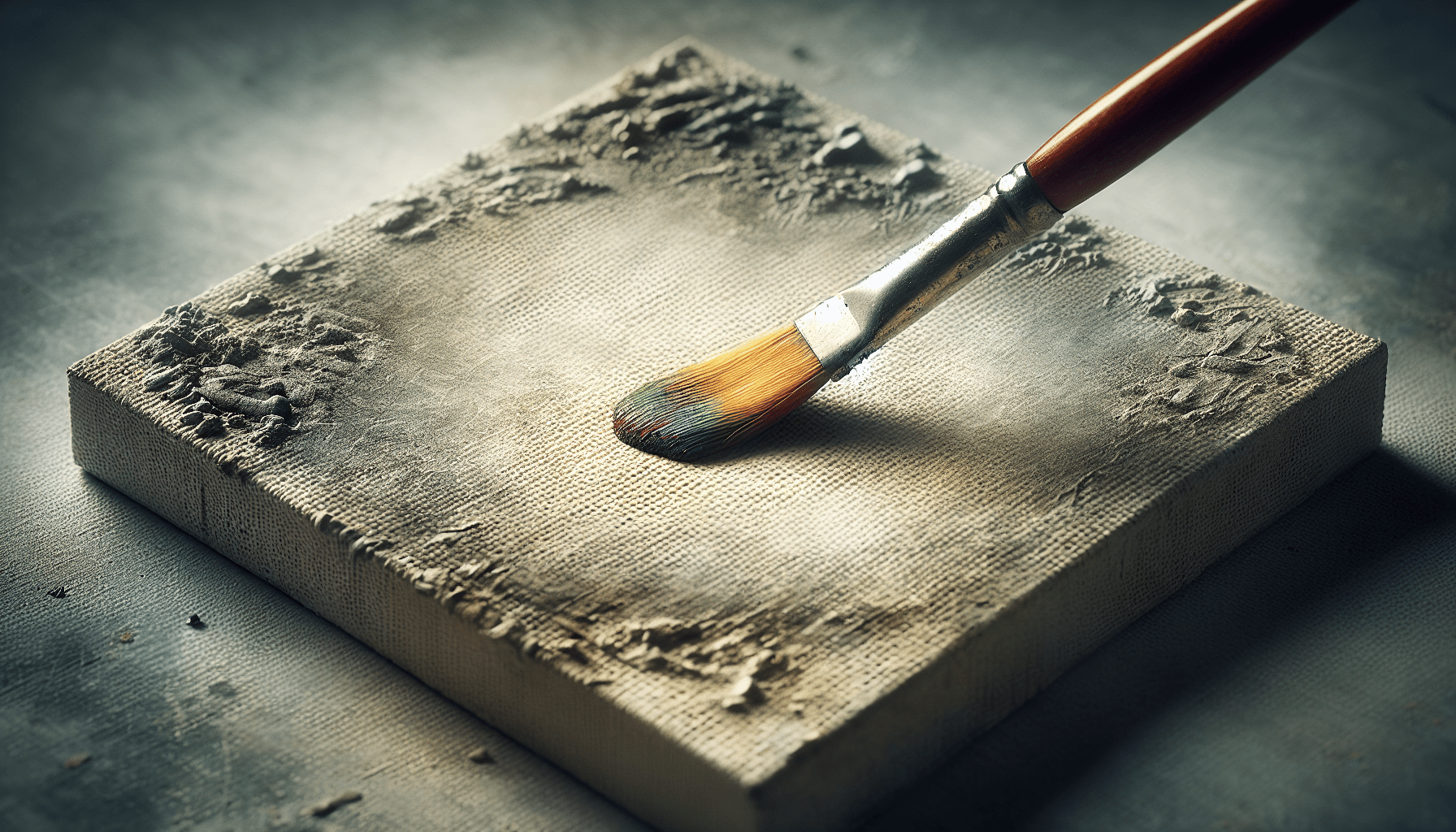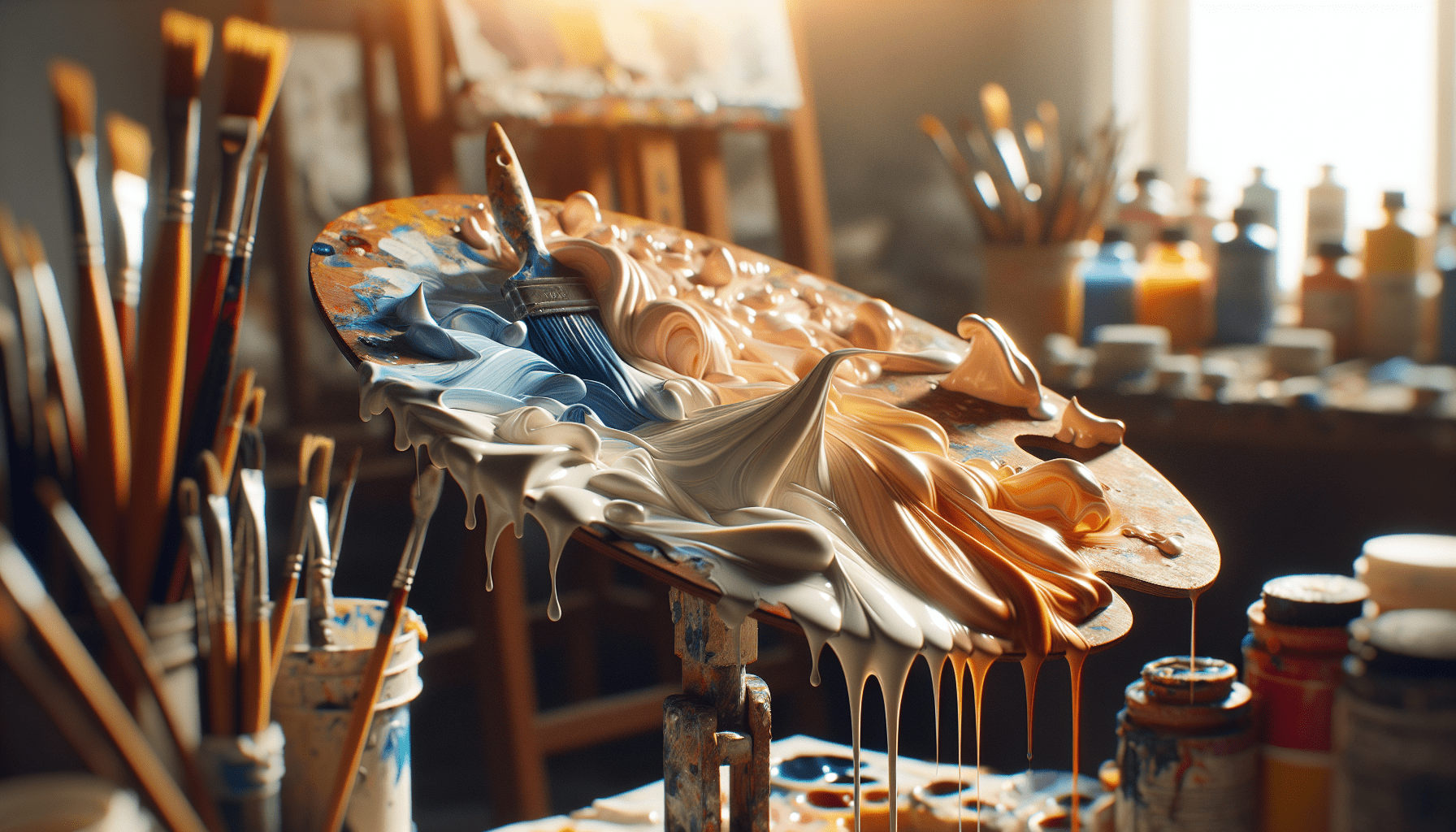Have you ever wondered how to craft a paint that combines tradition, versatility, and eco-friendliness? Casein paint could be the answer you’re looking for. This unique type of paint has been used for centuries and is favored by artists and craftsmen for its rich texture and longevity. It’s not only applicable in artistic endeavors but also in various household projects, showing impressive durability and vibrant color results. This guide will walk you through everything you need to know about making casein paint, providing you with insights into its composition, benefits, and the techniques to get started.
What is Casein Paint?
Casein paint is a milk-based paint, where the key ingredient is casein protein derived from milk. This natural binding agent provides a robust texture and excellent adhesion qualities. Known for its water-soluble properties, casein paint is often used in both art and design applications. Its natural composition makes it an environmentally friendly option, offering an alternative to many chemical-based paints.
The Ingredients of Casein Paint
The main components of casein paint include casein (derived from milk), lime or borax (used as a preservative and stabilizer), pigments (for color), and sometimes fillers or thickeners to enhance the texture and application. Understanding these ingredients is crucial to mastering the creation of casein paint.
- Casein: The core binder providing unbeatably adhesive qualities to the paint.
- Lime or Borax: Used for stabilization and increasing paint longevity.
- Pigments: These determine the final color and are available in a wide range, from natural earth tones to bright synthetic colors.
- Fillers/Thickeners: Optional additions for adjusting paint thickness and finish.
The Benefits of Casein Paint
Choosing casein paint comes with a host of benefits that extend beyond its aesthetic appeal. It’s important to understand these advantages to see why casein stands out among other paints.
Eco-Friendly Nature
One of the most compelling reasons to choose casein paint is its environmentally friendly composition. Made from natural materials, it minimizes the impact on the environment, making it a sustainable choice for conscious consumers.
Versatility and Application
Casein paint’s versatility allows it to be used on various surfaces, including wood, paper, and canvas. Its strong adhesive properties make it well-suited for areas where traditional paints might struggle.
Durability and Finish
When it comes to durability, casein paint offers exceptional longevity, with a finish that is characterized by its matte texture and luminous quality. Over time, casein paint can develop a silky sheen, intensifying its depth and visual appeal.

Gathering Materials and Tools
Creating casein paint requires specific materials and tools. Having a comprehensive list is critical for a smooth preparation process. Below is a breakdown of what you need to get started.
Materials Required
- Skimmed Milk – The source of casein.
- Vinegar or Lemon Juice – Used to precipitate casein from milk.
- Lime or Borax – For preservation and stabilization.
- Pigments – To add color to your paint.
- Distilled Water – For mixing and blending.
- Optional Additives – Such as fillers for adjusting texture.
Essential Tools
- Double Boiler – For heating and separation processes.
- Fine Mesh Strainer – To separate casein curds.
- Measuring Cups and Spoons – For precision in measurements.
- Mixing Bowls – Multiple for ingredient preparation.
- Brushes or Stirring Sticks – For mixing and application.
Step-by-Step Guide to Making Casein Paint
Now that you’re acquainted with the necessary materials and tools, it’s time to delve into the process itself. Carefully follow these steps to create your own batch of casein paint.
Step 1: Extracting Casein from Milk
Begin by heating skimmed milk gently in a double boiler. As you gently heat the milk, add vinegar or lemon juice gradually. Stir until curds form; these curds are the casein. Turn off the heat and allow the mixture to cool slightly.
Step 2: Separating Casein Curds
Carefully use a fine mesh strainer to separate the casein curds from the whey. Rinse the curds with cold water to remove any residual acids.
Step 3: Preparing the Casein Binder
Once you have your casein curds, dissolve them in a small amount of lime or borax solution to stabilize the binder. The proportions might vary, but a common ratio is 100g of curds to 20g of lime or borax dissolved in 100ml of water.
Step 4: Mixing the Pigments
Select your desired pigments and gradually incorporate them into the casein binder. Mix thoroughly until achieving a uniform color. You can adjust pigment quantity to reach your desired color saturation.
Step 5: Adjusting the Texture
If needed, add fillers or thickeners to achieve your preferred paint consistency. This step is optional and depends on your planned application technique.
Step 6: Finalizing the Paint
Once the paint reaches your desired texture and color, it’s ready to use. Transfer it into airtight containers to preserve its quality. Note that casein paint tends to thicken over time, so adding small amounts of distilled water can help maintain consistency during extended use.

Application Techniques
With your casein paint prepared, the right application techniques are key to achieving professional results. Understanding the nuances of working with casein paint will enrich your painting experience.
Surface Preparation
Before applying casein paint, ensure surfaces are clean and dry. A slight sanding on wood surfaces can enhance adhesion. Primers are usually not required, thanks to casein’s natural adhesive properties.
Brushwork and Methods
Casein paint works well with various brushes, allowing for diverse techniques from fine detailing to broad strokes. Its unique consistency facilitates smooth applications without visible brush marks, ideal for achieving a seamless matte finish.
Layering and Effects
The quick-drying nature of casein paint supports layering techniques, allowing for intricate detailing and the building of translucent hues. Its opacity is adaptable, offering flexibility whether you seek a bold or subtle result.
Maintenance and Preservation of Casein Paint
Casein paint’s durability is one of its key attributes. However, specific care is required to maintain its vibrancy and longevity. Here’s how to care for your casein-painted surfaces.
Curing Time
After application, casein paint takes approximately three to five days to fully cure. This duration ensures the formation of a hardened, durable surface ideal for lasting results.
Protective Finishes
While naturally durable, applying a protective finish such as a wax or acrylic varnish can enhance its lifespan, particularly in high-traffic or outdoor areas.
Storage and Lifespan
Proper storage of the remaining paint requires airtight containers, ideally placed in a cool, dry area. When stored adequately, casein paint can last for several months. Before use, stir well and, if necessary, thin with water to regain desired consistency.
Health and Safety Considerations
Creating casein paint, like many endeavors involving chemicals and natural ingredients, necessitates awareness of health and safety protocols.
Ventilation and Safety Gear
Ensure your workspace is well-ventilated when working with lime or borax. Wear protective gloves and, if needed, a mask to prevent inhalation of any fine particles from additives or pigments.
Handling Tools and Materials
Carefully handle all tools and materials to avoid accidents. Proper washing of used utensils and tools is essential to maintaining both safety and cleanliness after your painting sessions.
Conclusion
Casein paint offers a compelling balance between tradition and modern demands for sustainability, versatility, and rich aesthetic. Mastering the creation and application of this medium opens a world of possibilities, allowing you to craft artworks or finish projects with a distinctive, professional quality. Whether you are a seasoned artisan or a curious newcomer, making casein paint empowers you to connect with a centuries-old technique and infuse your work with the timeless beauty of natural materials.



